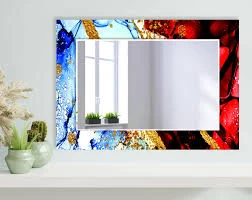

Architectural Decorative Windows A Reflection of Elegance and Functionality
Architectural decorative windows play a pivotal role in enhancing the aesthetic appeal and character of buildings
. Beyond their primary function of providing light and ventilation, these windows serve as artistic expressions that reflect the architectural style and cultural significance of a structure.From Gothic cathedrals adorned with intricate stained glass to modern minimalist designs featuring sleek frames and expansive glass panels, decorative windows come in a myriad of styles that blend form and function. Stained glass windows, for instance, often tell stories or depict religious scenes, serving both as functional elements and as beautiful artworks. Their vibrant colors and detailed craftsmanship can transform a simple space into a stunning visual experience.
In contemporary architecture, decorative windows have taken on new forms, with the use of innovative materials and technologies. Large, floor-to-ceiling windows provide unobstructed views of the surrounding landscape, allowing natural light to flood interiors and create a sense of openness. These designs often emphasize clean lines and geometric shapes, aligning with modern aesthetic principles while still maintaining decorative elements, such as metal grilles or patterned glass.

Moreover, decorative windows are not just confined to residential or religious buildings. Public structures, such as museums and galleries, often incorporate artistically designed windows to enhance the visitor experience. The interplay of light and shadow created by these features can significantly influence the ambiance and mood of the space, guiding how visitors perceive and interact with the art within.
In addition to their aesthetic value, architectural decorative windows also contribute to energy efficiency and sustainability. Advances in glass technology have led to the development of energy-efficient windows that minimize heat loss and reduce reliance on artificial lighting. This dual focus on beauty and functionality is becoming increasingly important in today’s environmentally conscious society.
In summary, architectural decorative windows offer a multifaceted approach to building design, blending artistry with practicality. They not only illuminate spaces but also enrich them with cultural narratives and style. As architects continue to innovate, these windows will undoubtedly evolve, reflecting contemporary trends while honoring historical traditions.